Dominant Collision Paint Brands: Choosing the Best for Repair
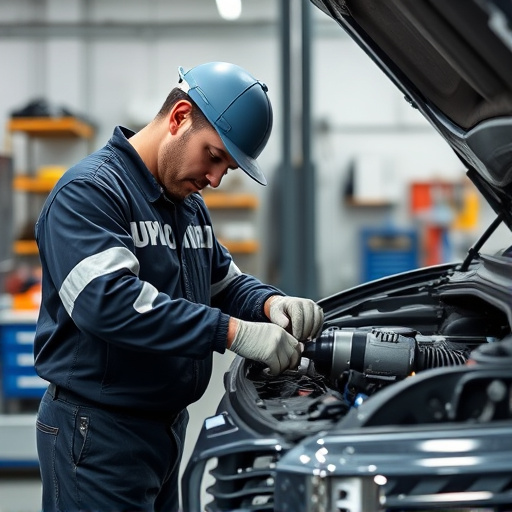
Leading collision paint service providers like PPG and Sherwin-Williams excel through advanced techn…….
Welcome to an in-depth exploration of the world of collision paint service, a critical component of automotive industry operations. This article aims to guide readers through the intricacies of this specialized field, highlighting its historical roots, global impact, economic significance, technological innovations, regulatory landscape, and future potential. By delving into these aspects, we will uncover how collision paint service plays a pivotal role in shaping the post-repair experience for vehicles worldwide.
Definition: Collision paint service, also known as auto body painting or automotive refinishing, is a complex process involving the restoration of damaged vehicle bodies to their original aesthetic condition or an updated appearance. It encompasses repairing and repainting vehicles after collisions, accidents, or wear and tear.
Core Components:
Historical Context: The roots of collision paint service can be traced back to the early 20th century when the automotive industry began to gain momentum. As vehicles became more accessible, the need for efficient and effective repair methods grew. Over time, the process evolved from rudimentary repairs to highly sophisticated techniques, driven by advancements in materials science and technology.
Significance: Collision paint service is not merely about repairing physical damage; it also offers:
Collision paint service has become a global phenomenon, with varying degrees of adoption and unique regional trends. Here’s a glimpse into its international influence:
| Region | Trends and Observations |
|---|---|
| North America | The US and Canadian markets are characterized by advanced technology adoption, with robotic painting systems and environmentally friendly materials gaining popularity. |
| Europe | European countries lead in regulatory compliance, ensuring strict emission standards and high-quality finishes. Customization and unique vehicle wraps are also trending. |
| Asia Pacific | Rapid urbanization drives the demand for efficient collision repair services. China, in particular, is experiencing a boom in automotive infrastructure, leading to improved service quality. |
| Latin America | Access to affordable repairs is a primary focus, with many countries adopting standardized repair protocols to reduce costs. |
| Middle East & Africa | The region showcases a mix of traditional and modern practices, with some markets investing heavily in state-of-the-art facilities. |
These trends highlight the diverse nature of collision paint service, shaped by local regulations, economic conditions, and cultural preferences.
The economic landscape of collision paint service is intricate, involving multiple stakeholders and market dynamics.
Market Dynamics:
Investment Patterns: Significant investments are made in:
Role in Economic Systems: Collision paint service contributes to economic growth by:
Technological innovation has been a game-changer in collision paint service, improving efficiency, quality, and customer experience. Here are some key advancements:
These technological advancements not only enhance productivity but also drive the industry towards more sustainable and customer-centric practices.
The collision paint service sector is subject to various policies and regulations that vary across jurisdictions, ensuring quality, safety, and environmental standards.
Key Policies:
Regulatory Frameworks:
Adhering to these regulations is crucial for businesses to maintain legal compliance and ensure customer trust.
Despite its numerous benefits, collision paint service faces several challenges and criticisms that require strategic solutions.
Main Challenges:
Proposed Solutions:
Case Study 1: Green Repair Revolution – Eco-Friendly Collision Center, USA
A leading automotive repair chain in the US transitioned its collision center to an eco-friendly model, becoming a industry benchmark. They achieved this by:
Case Study 2: Digital Transformation – Smart Repair Hub, Germany
A German collision repair network revolutionized its operations through digital transformation. Their strategy included:
These case studies demonstrate how innovative approaches can drive success in collision paint service, fostering both environmental responsibility and operational excellence.
The collision paint service industry is poised for continued growth and transformation, driven by emerging trends and technological advancements.
Potential Growth Areas:
Emerging Trends:
Strategic Considerations:
Collision paint service is not merely a niche within the automotive industry; it is a critical enabler of vehicle restoration, safety, and customer satisfaction. As technology advances and global trends evolve, this sector will continue to play a pivotal role in shaping the post-repair experience. By addressing challenges, adopting innovative solutions, and staying attuned to market dynamics, collision paint service professionals can ensure a vibrant and sustainable future.
Q1: How does collision paint service contribute to vehicle safety?
A1: Collision paint service is integral to vehicle safety as it ensures structural integrity after damage. Proper repairs prevent weaknesses in the vehicle’s frame, enhancing overall safety during future operations.
Q2: Are there any environmental concerns associated with traditional painting processes?
A2: Yes, traditional methods often involve toxic paints and solvents, leading to air and water pollution. The industry is shifting towards greener alternatives, such as water-based paints and recycling programs, to mitigate these issues.
Q3: How can collision paint service businesses attract and retain skilled technicians?
A3: Offering comprehensive training programs, competitive wages, and career development opportunities can help attract and retain skilled workers. Partnering with educational institutions and industry associations for specialized training is also effective.
Q4: What role does technology play in improving collision repair quality?
A4: Technology, including robotic systems, CAD software, and AI, enhances precision, consistency, and efficiency. These advancements lead to improved paint distribution, better color matching, and reduced human error, resulting in higher-quality repairs.
Q5: How can collision paint service businesses stay competitive in a rapidly evolving market?
A5: To stay competitive, businesses should embrace digital transformation, invest in training for emerging technologies, and prioritize customer experience through efficient processes and eco-friendly practices. Adapting to market trends and staying informed about industry innovations are also key to long-term success.

Leading collision paint service providers like PPG and Sherwin-Williams excel through advanced techn…….
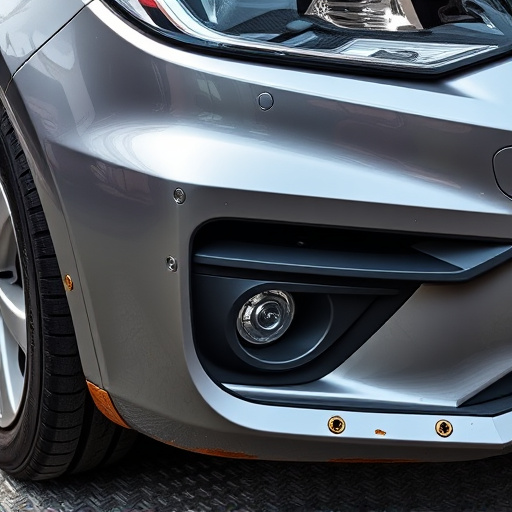
After a car accident, collision paint service is critical for vehicle owners of classic or luxury ca…….
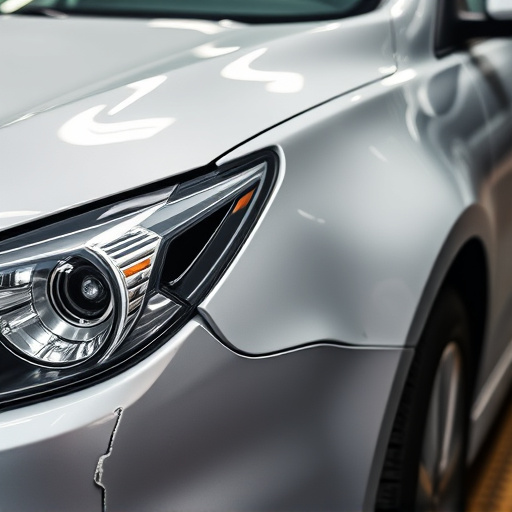
Modern customers demand flawless collision paint services with skilled craftsmanship and eco-friendl…….
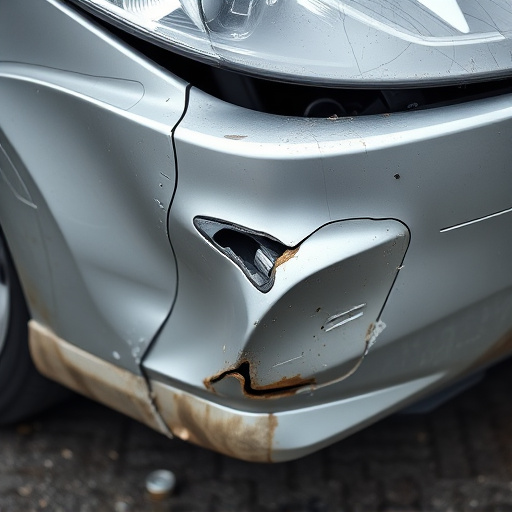
Dominant players like PPG, Sherwin-Williams, and Axalt lead the collision paint service market with…….
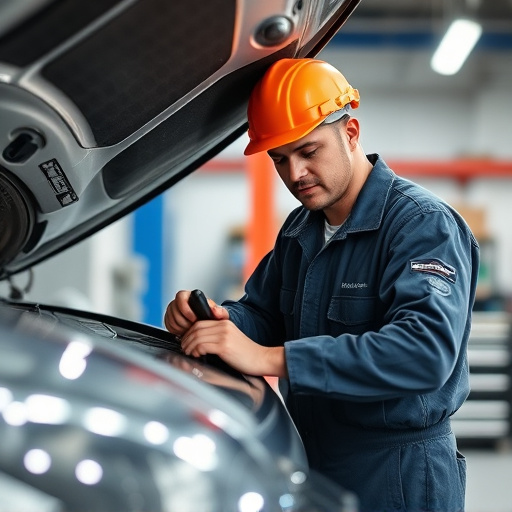
Collision paint service is a critical process for restoring damaged vehicle exteriors to their pre-a…….
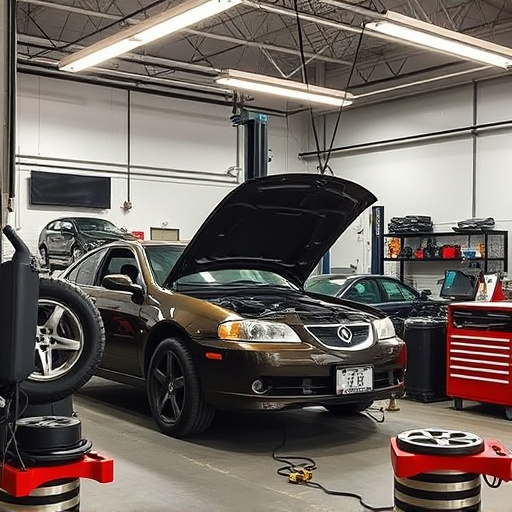
DIY collision paint service is cost-effective but requires significant investment in quality tools f…….
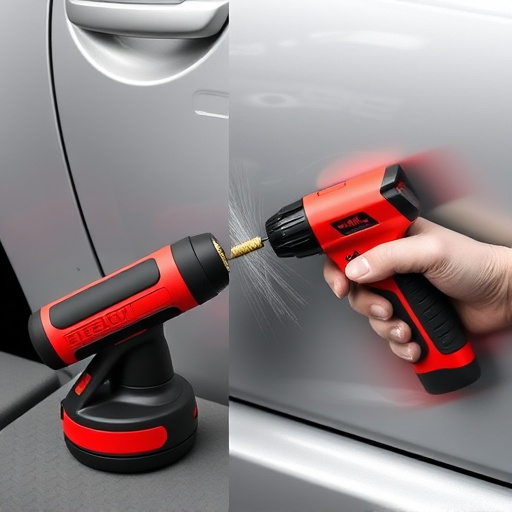
Collision paint services offer expert auto body repair with advanced techniques and tools for precis…….
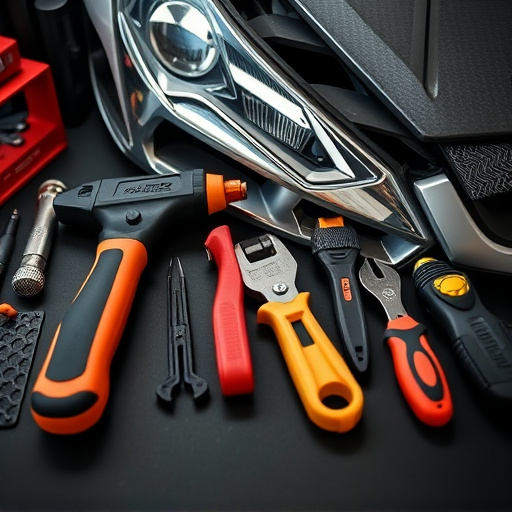
Collision paint service restores damaged vehicles to factory finish perfection through meticulous in…….
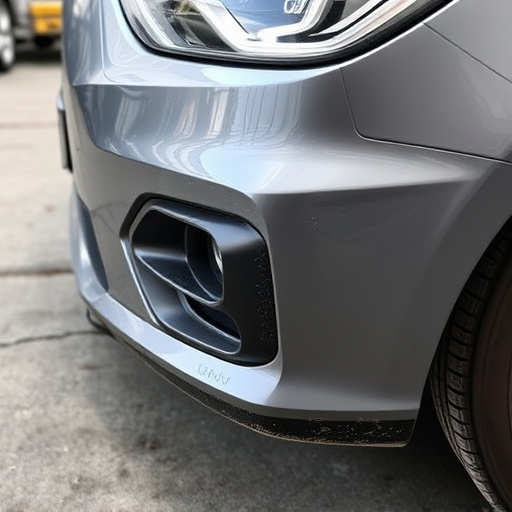
Collision paint services face high customer expectations for aesthetics, precision, and efficiency i…….